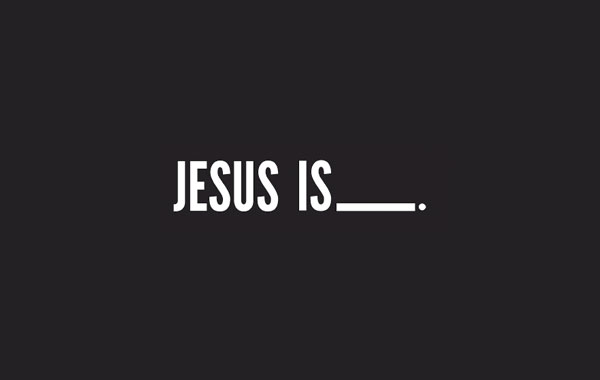Worth Checking Out
Jesus is … worth checking out.
Do you remember Popeye, the cartoon character who eats a can of spinach when he wants to develop some quick muscles? During WWII, when meat was scarce, the US Government used Popeye to promote spinach as a substitute for meat. This was because a study by some German scientists in the late 1800s had shown that spinach contains the same amount of iron as meat.
Unfortunately, the world had fallen victim to an accounting error. The German researchers did prove that spinach contains iron, but when they wrote down their results they put the decimal point in the wrong place, thus overstating the amount of iron in spinach by a factor of 10! They later corrected the error, but apparently this news didn’t make it to the US until after the war, by which time Popeye had been getting strong on spinach for nearly 10 years!
Spinach actually contains no more iron than other leafy vegetables. In fact, the iron in spinach is not easily absorbed by the body unless it’s combined with an acid. (If you are a spinach fan, however, you will still benefit from its high vitamin C and riboflavin content.)
There are other famous myths that have been debunked, but which still are often repeated as fact.
For example, it’s often said that the Great Wall of China is the only man-made structure that can be seen from space. In fact, it can’t be seen from space at all. It can be seen from low-Earth orbit – but so too can the Giza pyramids and even airport runways.
Or, have you heard that masses of lemmings regularly jump off cliffs to their death in the ocean? This was perpetuated by a 1958 Disney documentary White Wilderness, which faked the whole thing. It simply doesn’t happen.
And what about the “fact” that human beings only use 10% of our brains? Again, this has no scientific basis.
How easily and quickly false ideas can become accepted truth!
What’s true in other spheres is no less true in the area of our spiritual beliefs. It’s not unusual for people to quickly give unquestionable status to beliefs that may in fact have questionable origins. We owe it to ourselves to examine what the evidence actually says.
In the 20th chapter of John’s Gospel, John tells us about Thomas. He has gone down in history as “Doubting Thomas” – although in fact, in the end he turned out to be “Believing Thomas.”
When the other disciples told him that Jesus had risen from the dead, he refused to believe until he saw the evidence. When Jesus appeared to him, and showed him his hands and feet, complete with nail hole scars, Thomas had to radically re-think his beliefs (see John 20:28).
Like Thomas, I believe Jesus invites us to check him out for ourselves. You may find answers that surprise you!
John Reed is Minister at St John’s Anglican Church, Keiraville.



